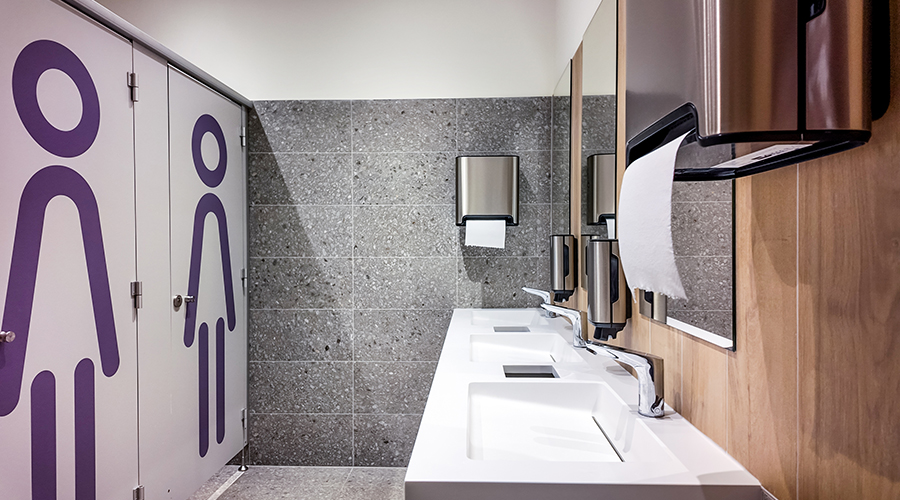Today's health care organizations rival large businesses in complexity, according to an article on the Fortune website. They include inpatient and outpatient components that may comprise multiple hospitals, clinics, and health centers.
The "stakeholders" are physicians, nurses, administrators, support personnel, contractors, vendors, patients, and families. These complex organizations have matrix-style management control structures that often include separate silos for physicians, nursing, and administrators, the article said.
The successful medical response after the Boston Marathon bombing was based on well-developed relationships across disciplines: major hospital trauma centers, emergency medical services, fire services, local and state law enforcement, public health providers, and more.
At Brigham & Women's, designated teams of physicians, nurses, and medical assistants stood at the ready, supported by clerical, diagnostic, and transport personnel to respond to the crisis, the article said. Internal-medicine physicians and nurses helped clear emergency departments of patients to create space for incoming survivors. In the emergency department, surgeons, orthopedists, anesthesiologists, emergency physicians, and nursing leaders collaborated to ensure patients were sent to operating rooms without delay.
Patriots Day in Boston is an occasion on which the city plans and prepares for disaster, the article said. Everyone has a predetermined role and wears visible identification. Prior to the start of the race, color-coded vests were issued to physicians, nurses, and others slated to volunteer at the event. Emergency medical services, police, and firefighters wore their regular uniforms, and some of them also donned the vests. When the explosions went off, responders and bystanders used the vests to identify responding leaders.
Read the article.

 A 'Superbug' Is on the Rise in Hospitals
A 'Superbug' Is on the Rise in Hospitals The Next Generation of Security Tech in Healthcare Facilities
The Next Generation of Security Tech in Healthcare Facilities Encompass Health Rehabilitation Hospital of St. Petersburg Opens
Encompass Health Rehabilitation Hospital of St. Petersburg Opens Why More Facilities are Adding Gender Neutral Restrooms
Why More Facilities are Adding Gender Neutral Restrooms Massachusetts Hospital Cyberattack Reflects Growing Vulnerability in Healthcare Systems
Massachusetts Hospital Cyberattack Reflects Growing Vulnerability in Healthcare Systems